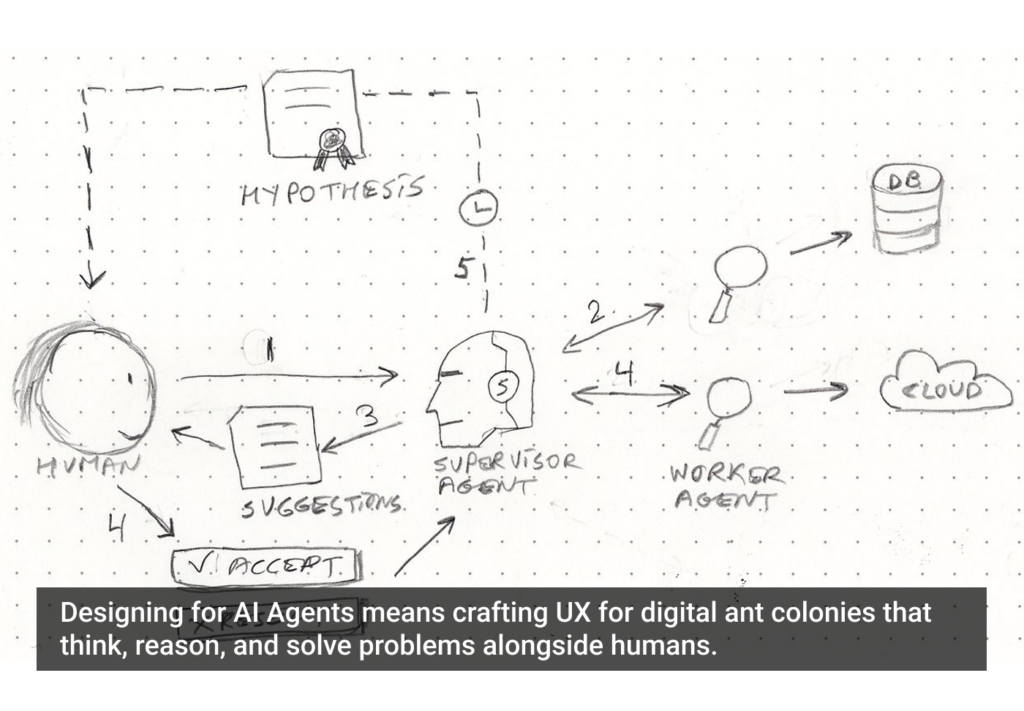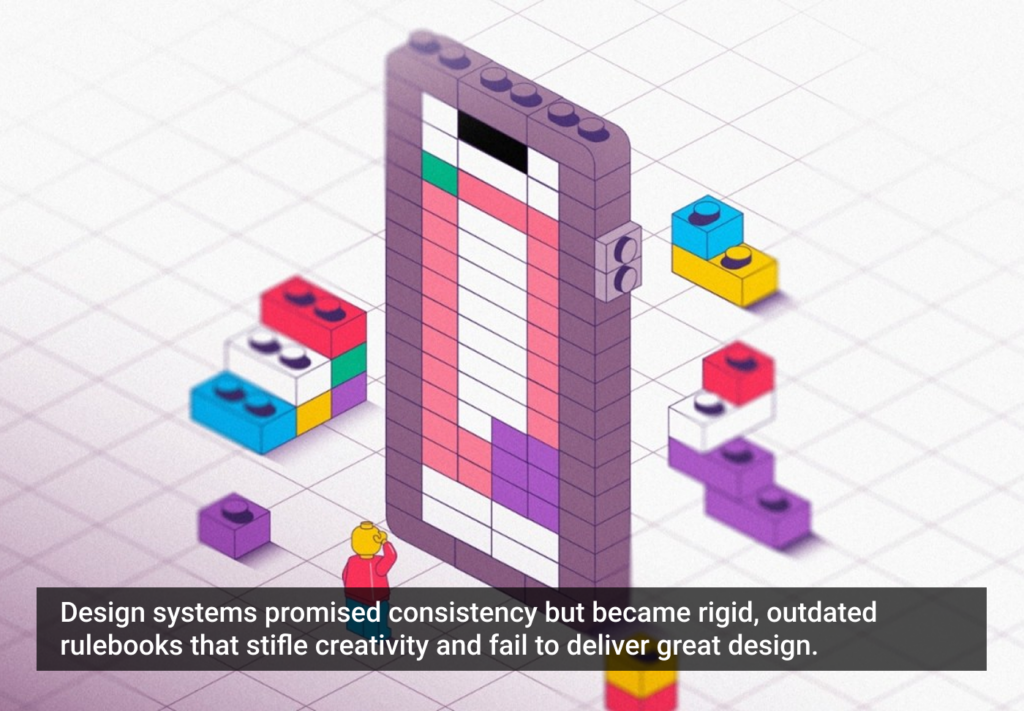Starting with iOS, there has always been a divide between native and non-native (or responsive apps). Early on, the functionality of native apps was much more limited than it is today, so the divide wasn’t as noticeable. But today, with advances in hardware, location-based services, video, voice, and more the divide between what a mobile site and a native app can do has grown considerably, creating a considerable amount of tension between native and responsive design.
The most salient tension today is between function and form. This wasn’t always the case, as responsive and native apps used to be quite similar in terms of functionality. Another way to look at the tension is in terms of costs and investment in development. As with function and form, the differences here used to be minimal. But as the mobile ecosystem has evolved—specifically native apps—the differences have grown.
What Separates Native from Responsive?
Currently, the difference between native app development and responsive design is like the difference between the major leagues and the minors. Native apps—with access to everything from compass, location, voice, camera, and video—is the major leagues. Responsive design is in the minor leagues, seeking to emulate performance levels in the major leagues. The major leagues will always set the course for performance.
This might seem like a simplistic view, but it accurately summarizes the relationship between the two.
Native Takes the Lead
A couple of years ago, it would have been crazy to say something dismissive of responsive design. With the gains of HTML5 and promised future improvements, responsive was treated as an equal to native. Remember, even Facebook’s first iteration on mobile was a responsive app.
However, after a year or two of HTML5 promising to eliminate the differences between responsive and native—with native design advancing quickly—it’s now widely recognized from a pure design and UI perspective that native is substantially better. Instead of attempting to adapt to the medium (a phone’s OS), native apps live in the medium.
The Race is Far from Over
So native apps are better, game over? Not quite. Despite native providing improved design and UI/UX, responsive and HTML5 has nearly 50% adoption in most markets. So it’s certainly a practical tool for many developers and businesses.
What makes HTML5 and responsive so pragmatic? Well, a big part of the tension between the responsive and native design is the cost. Early on, this wasn’t the case because there was either iOS or responsive. Android at that time was spread out across about 10 releases and 150+ screen sizes. Designing for Android was so unpractical that it was avoided altogether. That left the choice between either a responsive mobile site or an iOS app.
The differences between responsive and native continue to grow, exposing very different capabilities
Things are much different today. Android has improved by leaps and bounds and now has a much broader distribution across recent releases. It’s improved to such an extent that now there’s a major cost consideration. The choice is between a responsive mobile app or an iOS and an Android app. After all, Android and iOS each have about 45% of the mobile market share. Now it’s a choice between two full on development projects or two teams, depending on the size of your organization, or one project with one team. This is a significant difference in resources.
Coupled with that, there are major performance differences to factor in. Responsive doesn’t have near the capabilities that native has for accessing a phone’s functionality. Want a photo-related app? It must be native. What about a music-listening app like Shazam? It must be native. Although responsive apps have been able to—with a user’s permission—use a phone’s location-tracking ability, access to other areas of a phone’s OS or hardware is still out of reach.
From a pure app design and UI/UX perspective, these are serious limitations. Sure, you can provide rich information, even video. But to appear as though the app is actually a part of the phone, and to make it synonymous with the phone, as is a great app’s intent, this is still impossible with responsive design.
A Case for Each Approach
Back when mobile was relatively undeveloped, just providing the desired information, regardless of form, was enough. But as we’ve seen with the U.S., European, and Asian markets, once the novelty of mobile information wears off and the competition around form and function kicks up, responsive will no longer suffice for those seeking recognition or widespread use.
Fortunately, for many apps, especially in developing mobile ecosystems like those in much of the third world, none of that is required. Just providing the desired information or functionality is enough for many apps.
This also applies to use cases for which the information, irrespective of its form or function, is largely sufficient. Take public transportation schedules or arrival information. At most, these require the location of the phone, from which they can alert the user to transportation options. They can even link map info to the native map option in the OS. That works because, unlike Uber of Lyft, the considerations for payment and hailing of transportation aren’t present.
Conclusion
As the pace of mobile innovation continues to accelerate, the differences between responsive and native development continue to grow, exposing very different capabilities. Fortunately, for most businesses it’s a fairly clear which route to take: If the core of your business is mobile, native is the right path. If not, responsive will likely suffice.
Image of dude carrying boxes courtesy Shutterstock.







